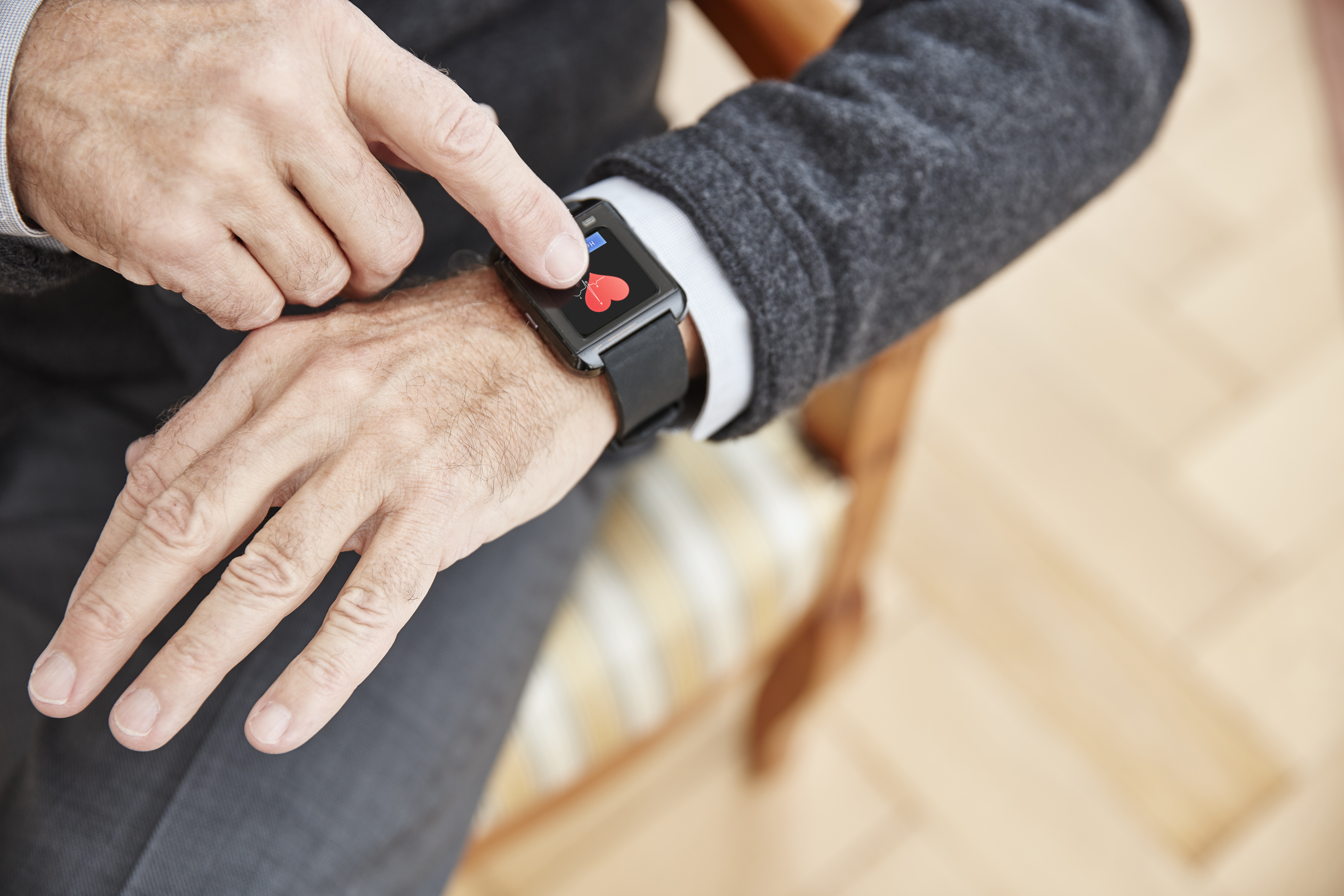AARP Hearing Center

By Marguerite Ro, AARP State Director

Technology is a crucial component in most aspects of our lives, including caregiving. Whether it’s virtual doctor appointments, medical alert systems, or managing the thermostats in our homes, there are a growing number of devices, web-based services and options to wade through. At the core of caregiving is ensuring the health and well-being of our loved ones. Are caregivers using technology in their caregiver role and how can technology support family caregiving?
In a recent 2022 AARP survey of U.S. Caregivers’ Use of Technology, eight-in-ten adult caregivers reported using technology to assist with caregiving at least once per month, albeit with differences across age groups. Millennial and Gen X caregivers are more likely to use technology for caregiving assistance daily, whereas many Baby Boomer caregivers report never using technology in their caregiving role.
In terms of technology, caregivers under age 65 were more likely to say they were extremely or more comfortable with using smart phones, the Internet, and computers than those over 65. Less than half of caregivers over 65 reported being comfortable with those devices. There is less comfort across all ages with the use of in-home technologies such as Siri, Alexa, or Google Assistant.
Caregivers use their phones and Internet to find support and services such as food deliveries, prescription refills, and ordering household supplies. Also popular are how-to and educational videos on topics such as home repairs. Over the pandemic, videoconferencing and webinars were important tools to stay connected and informed. AARP Washington (www.aarp.org/wa) continues to hold many online and virtual events, including the popular “Fraud Watch Friday” events where folks can bring their questions about frauds and scams.
Clearly, there are many benefits and challenges related to technology for caregivers and their loved ones. Having information right at one’s fingertips can be helpful, be it medical records or care plans. For family caregivers who live at a distance from their loved ones, being able to communicate by video and ascertain what is happening in real time is a major benefit of today’s smartphones and monitoring devices. New devices that help detect falls or programs that can provide daily medication reminders support older loved ones to live independently and age in place. And devices that allow individuals to identify who is calling or who is at the front door can help older adults feel more secure in their homes.
Of course, issues of access to technology and broadband, the need for user-friendly devices, data privacy, and cybersecurity are critical topics to be addressed with older technology users in mind. Programs such as Senior Planet from AARP (www.seniorplanet.org) are working to ensure that older adults are included in the digital revolution by providing education and training on how to use apps like Instagram, MyChart, or Zoom.
The power of technology is immense. The challenge is how to ensure that advancements in technology support the well-being of us all as we age, including support for family caregiving. Given that we have over 820,000 family caregivers in Washington providing 770 million hours of care a year, the opportunity is now. For more information, visit www.aarp.org/caregiverswa































































